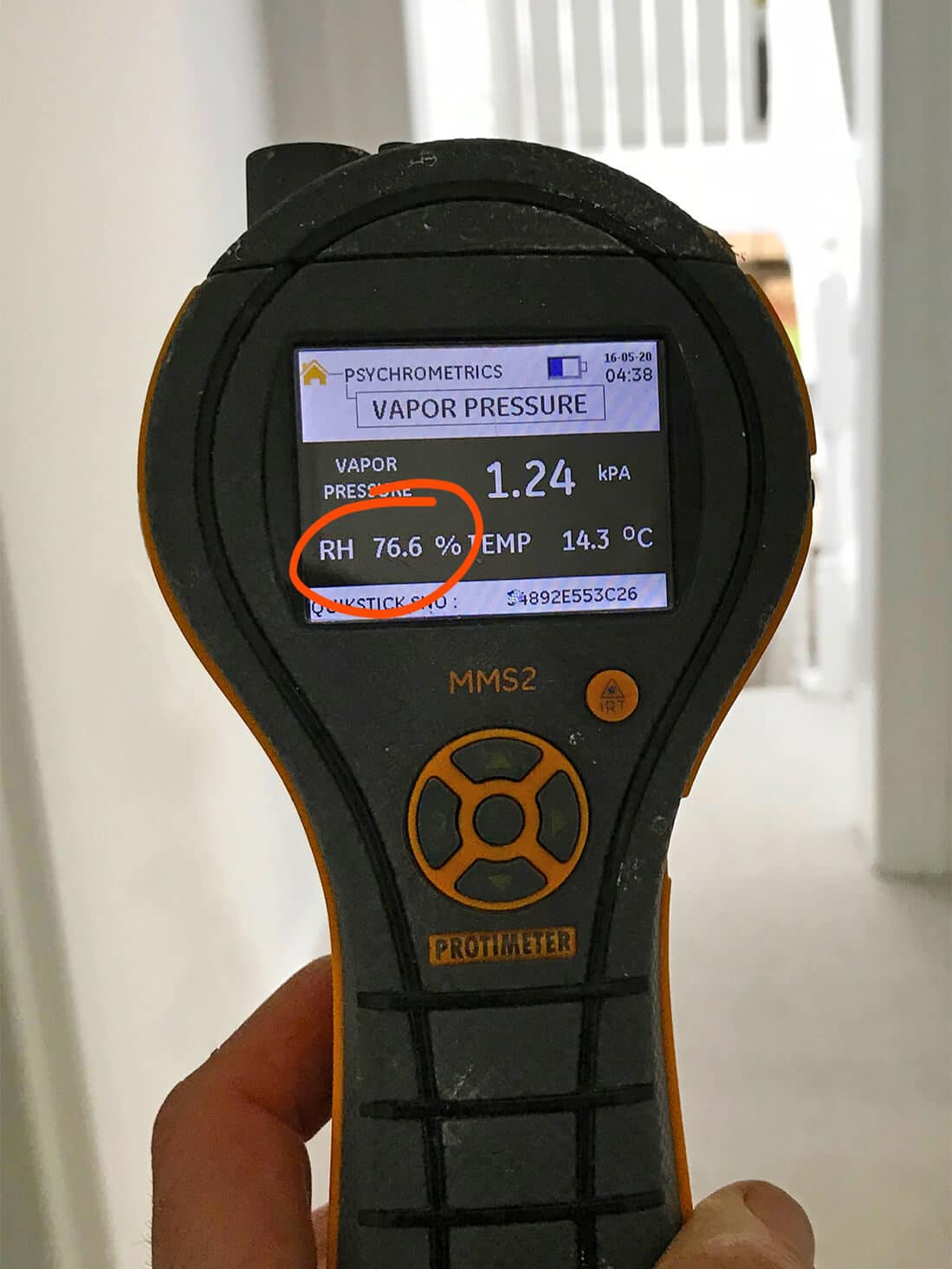
Mould is a bane for any homeowner. Not only can it cause damage to the home, but it can also be dangerous to the people who occupy the home. If you are a new homeowner or this is the first time you are encountering a potential mould problem, you may know you need a mould inspection, but not much about the actual process. This mould inspection primer is for you.
Moulds are different kinds of fungus and can grow in moist, warm places outdoors and indoors on a wide range of surfaces, such as wood, fabric, concrete, drywall, and paper. In many cases, mould will start to grow in hard-to-reach or hidden areas and build up over time, unbeknownst to a home’s inhabitants and through no fault of theirs. It can appear as anything from a stain on a wall to full-blown fuzz. The area may smell musty or otherwise unpleasant.
Since mould is a living organism, it will continue to grow and proliferate in the right living conditions. Not only does mould damage your home’s aesthetic appeal, but it also breaks down material into organic matter — meaning that it will rot away what it’s growing on.
When mould eats away at carpeting or wallpaper, there are restoration costs. If, however, the mould is attacking insulation or — much worse — the structural components of your home, the damage can be substantial. Additionally, even if you ‘fix’ the damage, the mould can regrow from leftover spores in the same or other damp, dark areas. And, if mould is detected in your home when you are trying to sell, the selling price can drop significantly.
Mould in the home affects the inhabitants’ air quality. Short-term effects of breathing in mould — especially for those with allergies or asthma — include:
Long-term health effects include:
‘Black mould’ produces toxic spores and was famously linked to fatal respiratory problems decades ago — though there was technically never a causal link proven.
The earlier mould is detected, the easier it is to remove and the shorter the exposure to your family. A mould inspection serves to assess whether there is a mould problem in the home or if there may have been in the past. It can also uncover how big a mould problem is and identify the conditions that have allowed the mould to grow. This information is crucial for properly eliminating the mould to safeguard the integrity and value of your home and your family’s health.
Mould inspections are usually comprised of a detailed visual inspection as well as specialised processes using LED torches, thermal imaging, moisture meters, hygrometers (humidity and vapour pressure), and spore sampling.
The inspector will examine areas where there could be mould infection — including fittings, ventilation, and possible sources of air contamination and moisture (interior and exterior). Areas may include crawlspaces and roof areas, depending on the agreed-upon scope of the mould inspection. They will look for ‘indicators’ such as water damage, excess condensation, odour, standing water, and, of course, mould that is visible.
In this stage, the inspector will use a moisture meter to measure the moisture level in different areas, such as walls and floorboards, insulation, and wall cavities. The equipment also allows the inspector to determine how far mould spores may have spread, as well as discern the cause of water infiltration.
An infrared thermo hygrometer is used in various areas to determine temperature and relative humidity indoors and outdoors. A high relative humidity can indicate dampness due to insufficient ventilation and be conducive to mould growth. Vapour pressure readings are also taken, as moisture could be contributing to a high vapour pressure level.
Air samples are taken to determine the type and concentration of any atypical mould spores. Since the spores themselves tend to be invisible to the naked eye, air samples may be taken not only in areas where you think you might have mould but also sometimes in the room with the most traffic. Samples are sent to a lab for analysis.
After the inspection, samples, and tests, the inspector will provide their findings, conclusions, and recommendations in a mould inspection report. The report will outline, with supporting details:
Finally, the report will delineate the inspector’s recommendations on what needs to be done to remove existing mould and prevent future mould. This could include actions such as:
The mould inspection report is crucial for discerning the next steps that you should take to remove existing mould and prevent regrowth — or new growth — in other areas of your home. Since mould relies heavily on dampness to thrive, following the instructions and recommendations in the report will also help you minimise the potential water damage in your home. That’s why you want your mould inspection conducted by experienced professionals who are thorough and have industry expertise.
Contact us today to book a mould inspection or ask about the different kinds of mould inspection we offer.
PureProtect Pty Ltd © 2020. All rights reserved